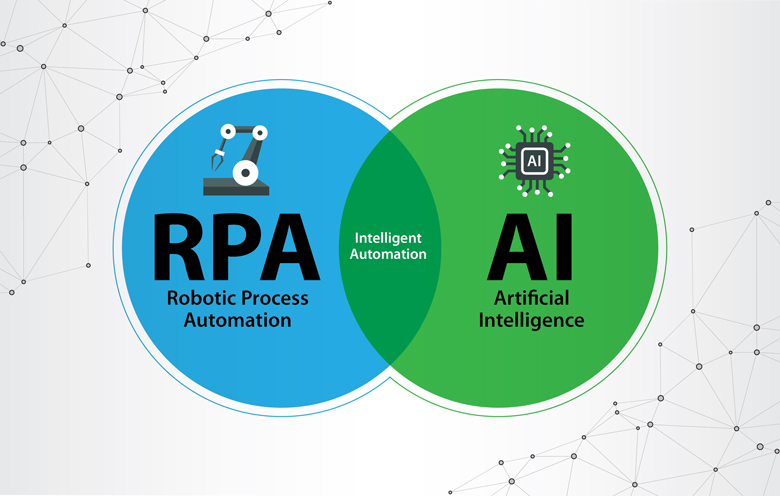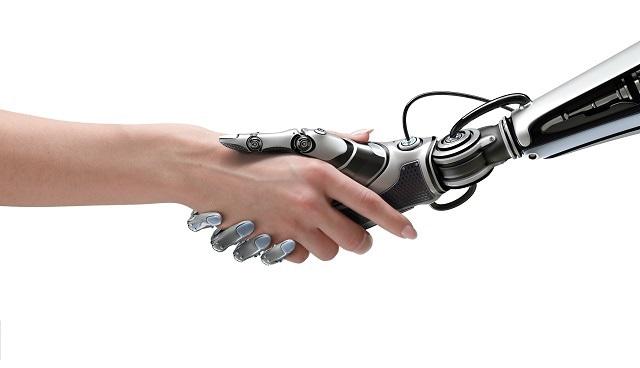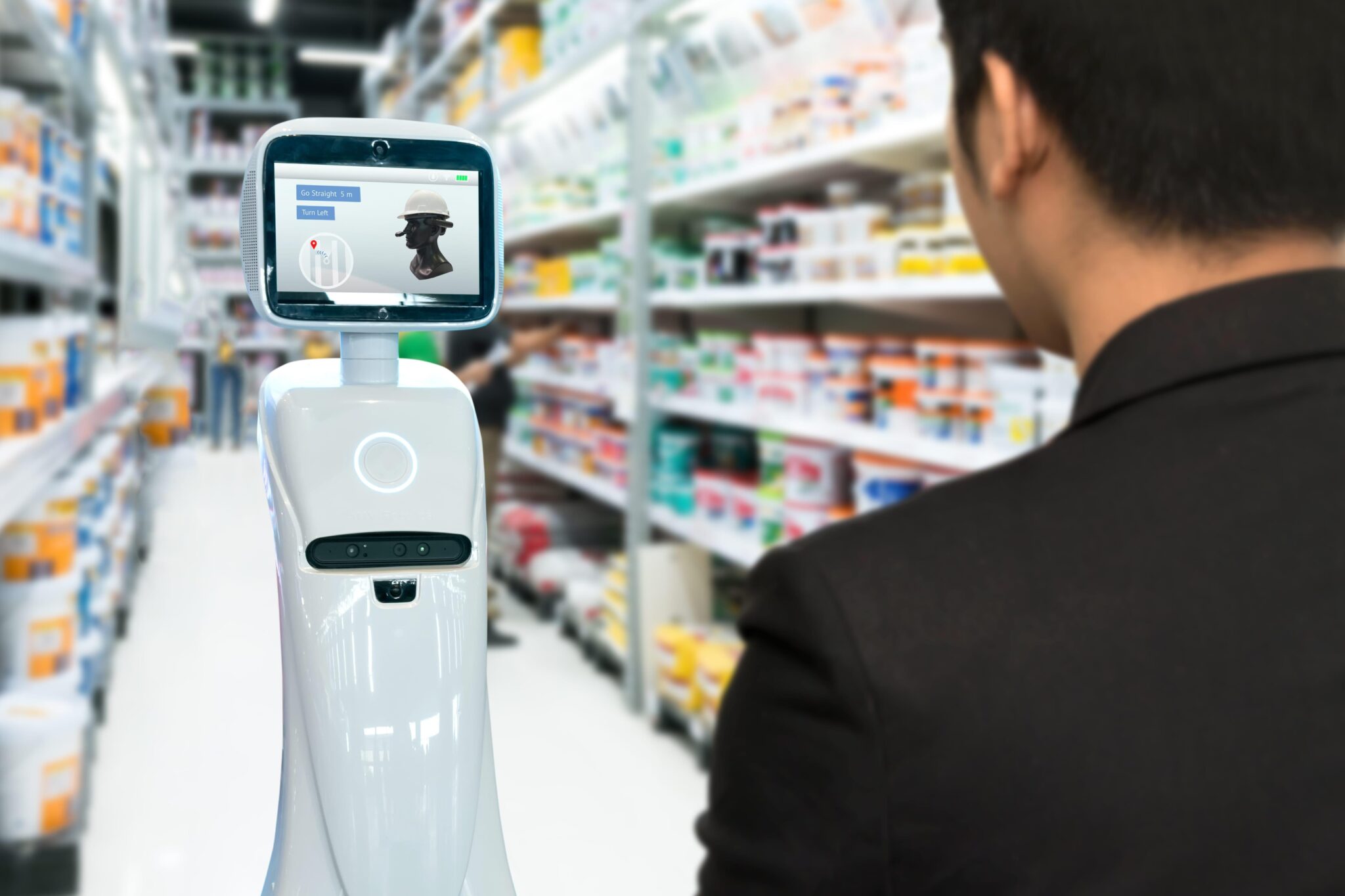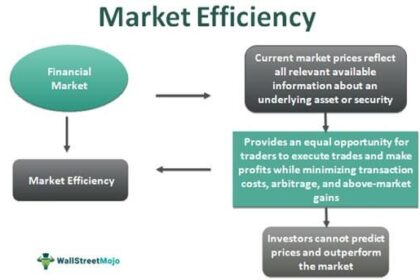In an era where convenience reigns supreme, the landscape of retail is undergoing a profound metamorphosis. The rise of e-commerce has reshaped consumer habits, setting the stage for a fierce battle among brands to capture the attention—and loyalty—of shoppers. Enter automation—a powerful ally in this digital arena, offering solutions that streamline processes, enhance customer experiences, and redefine operational efficiency. From chatbots that provide instant support to sophisticated algorithms that personalize shopping journeys, automation is revolutionizing the way we buy, sell, and interact in the online marketplace. This article delves into the transformative role of automation in e-commerce, exploring its potential to innovate retail practices and foster a new era of consumer engagement. Join us as we unpack the technology reshaping the future of shopping, its implications for businesses, and what it means for consumers seeking a seamless retail experience.
Empowering Customer Experience through Intelligent Automation
In today’s rapidly evolving retail landscape, businesses are increasingly turning to intelligent automation to enhance customer interactions and streamline operations. By integrating advanced technologies, such as artificial intelligence and machine learning, online retailers can provide a seamless shopping experience that places customer satisfaction at the forefront. This transformation is evident in various areas, including personalized marketing, inventory management, and customer service. Consider the benefits:
- Personalized Recommendations: Automating product suggestions based on browsing and purchase history can significantly boost customer engagement.
- 24/7 Customer Support: Chatbots and virtual assistants can address customer queries instantly, enhancing the overall shopping experience.
- Efficient Inventory Tracking: Automation streamlines stock management, reducing the risk of overselling and ensuring timely restocks.
As retailers harness the power of automation, they are able to not only improve efficiency but also foster deeper connections with their customers. By analyzing consumer data and shopping behaviors, businesses can proactively adapt their strategies to meet customer expectations and enhance loyalty. Moreover, the integration of automation tools can lead to significant cost savings, which can be reinvested into creating even more compelling customer experiences. Below is a snapshot of the impact automation can have:
| Measure | Before Automation | After Automation |
|---|---|---|
| Average Response Time | 24 hours | Instant |
| Conversion Rate | 1.8% | 3.6% |
| Customer Retention | 60% | 75% |

Streamlining Supply Chains with Advanced Robotics
In the ever-evolving landscape of e-commerce, advanced robotics play a pivotal role in enhancing operational efficiency and responsiveness, ultimately transforming supply chain management. By integrating cutting-edge technologies such as autonomous drones and automated guided vehicles (AGVs), businesses are now able to streamline processes, reduce human error, and accelerate delivery times. With robots handling repetitive tasks—from picking and packing to inventory management—human workers are freed to focus on strategic roles that require creativity and critical thinking. This shift not only improves overall productivity but also fosters a more agile response to market fluctuations.
The implementation of robotics in supply chains introduces a range of benefits that directly contribute to a company’s bottom line. Key advantages include:
- Cost Reduction: Automation minimizes labor costs and maximizes output, saving money in the long run.
- Enhanced Accuracy: Robots operate with precision, significantly reducing errors in order fulfillment.
- Scalability: Easily adjust robotic deployment based on seasonal demands or unexpected surges in orders.
- Increased Safety: Robotics can perform hazardous tasks, protecting human workers from potential injuries.
| Robotic Application | Impact on Supply Chain |
|---|---|
| Automated Picking Systems | Increases speed and accuracy in order processing |
| Drones for Inventory Management | Enhances stock-taking efficiency and reduces downtime |
| Robotic Sorting Systems | Optimizes shipping and improves delivery timelines |

Data-Driven Decision Making in Automated E-Commerce
In the rapidly evolving landscape of automated e-commerce, leveraging data has become essential for brands aiming to stay competitive. Data-driven decision making allows retailers to analyze customer behavior, optimize inventory management, and refine marketing strategies, resulting in a more efficient and personalized shopping experience. By tapping into various data sources, such as user interactions, purchase histories, and market trends, businesses can gain valuable insights that inform crucial decisions across the board. This continuous feedback loop enables brands to adapt to changing market conditions swiftly and makes it possible to predict customer needs with greater accuracy.
Moreover, automation tools can facilitate these processes by integrating sophisticated algorithms that analyze vast amounts of data in real time. With clear visualizations and actionable insights, brands can execute rapid A/B tests, enhance user experience through personalized recommendations, and efficiently allocate resources. The implications of employing data-driven strategies extend beyond mere profit margins; they enhance customer loyalty and establish brands as conscientious players in their respective markets. Consider the noticeable impacts:
| Impact Area | Benefits |
|---|---|
| Customer Insights | Data-driven insights lead to tailored experiences, reducing churn rates. |
| Inventory Management | Predictive analytics minimize overstock and stockouts, optimizing shelf space. |
| Marketing Efficiency | Improved target audience segmentation drives higher conversion rates. |

Future Trends: Innovations Shaping the Next Generation of Retail Automation
The future of retail automation is being shaped by cutting-edge innovations that are revolutionizing the way businesses engage with consumers. Emerging technologies such as artificial intelligence (AI), machine learning, and blockchain are enhancing operational efficiencies and creating personalized shopping experiences. Retailers are increasingly adopting voice-assisted shopping platforms and chatbots that provide real-time assistance, making the purchasing process seamless. Additionally, the integration of augmented reality (AR) into e-commerce is enabling customers to visualize products in their own environment before making a purchase, bridging the gap between online and offline shopping.
As automation becomes more prevalent, other notable trends include the rise of robotics in warehouses and stores. Automated inventory management systems are improving stock accuracy, reducing overages, and freeing employees to focus on higher-value tasks. Furthermore, data analytics plays a pivotal role in understanding consumer behavior; by harnessing the power of big data, retailers can tailor their offerings quickly in response to market demand. The transformative landscape of retail automation will not only enhance efficiency but also redefine customer expectations, paving the way for smarter, more integrated shopping experiences.
To Conclude
As we stand on the brink of a new era in retail, automation emerges not merely as a tool but as a catalyst for transformation. The integration of sophisticated technologies in e-commerce offers a glimpse into a future where efficiency meets personalization, empowering both businesses and consumers alike. From inventory management to customer engagement, the potential for innovation is vast and promises to redefine our shopping experiences.
In this dynamic landscape, staying ahead of the curve will require adaptability and an openness to change. Retailers who embrace automation will not only enhance their operational capabilities but also foster stronger connections with their customers. As we continue to navigate the complexities of the digital marketplace, it is clear that automation is not just a trend; it is the foundation upon which the future of retail will be built.
As we conclude this exploration of automation in e-commerce, let us look forward with optimism. The journey has only just begun, and the possibilities are as limitless as our imagination. Retailers and consumers alike stand to benefit from this revolution—one that promises a more streamlined, efficient, and enjoyable shopping experience in the years to come.



